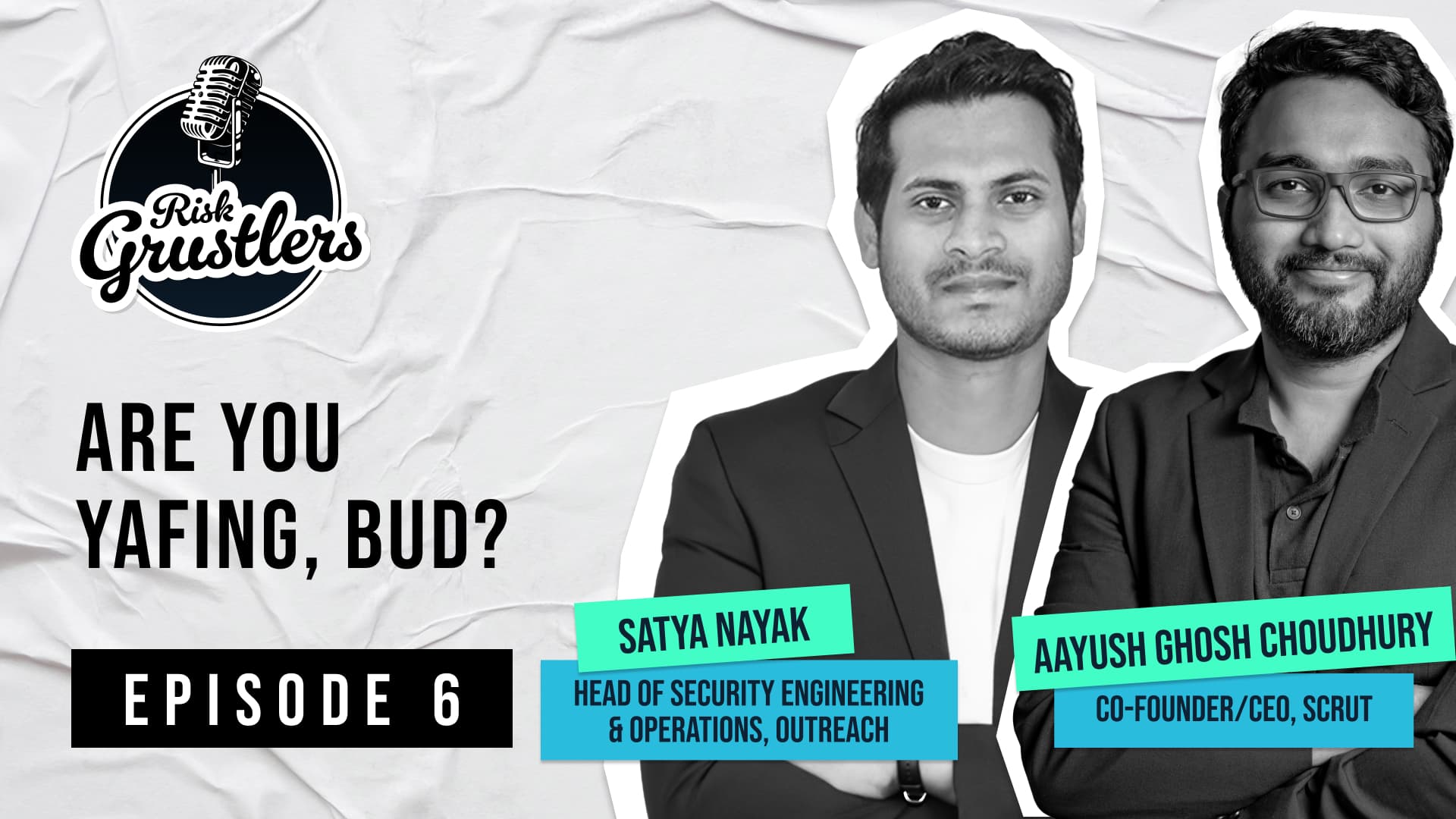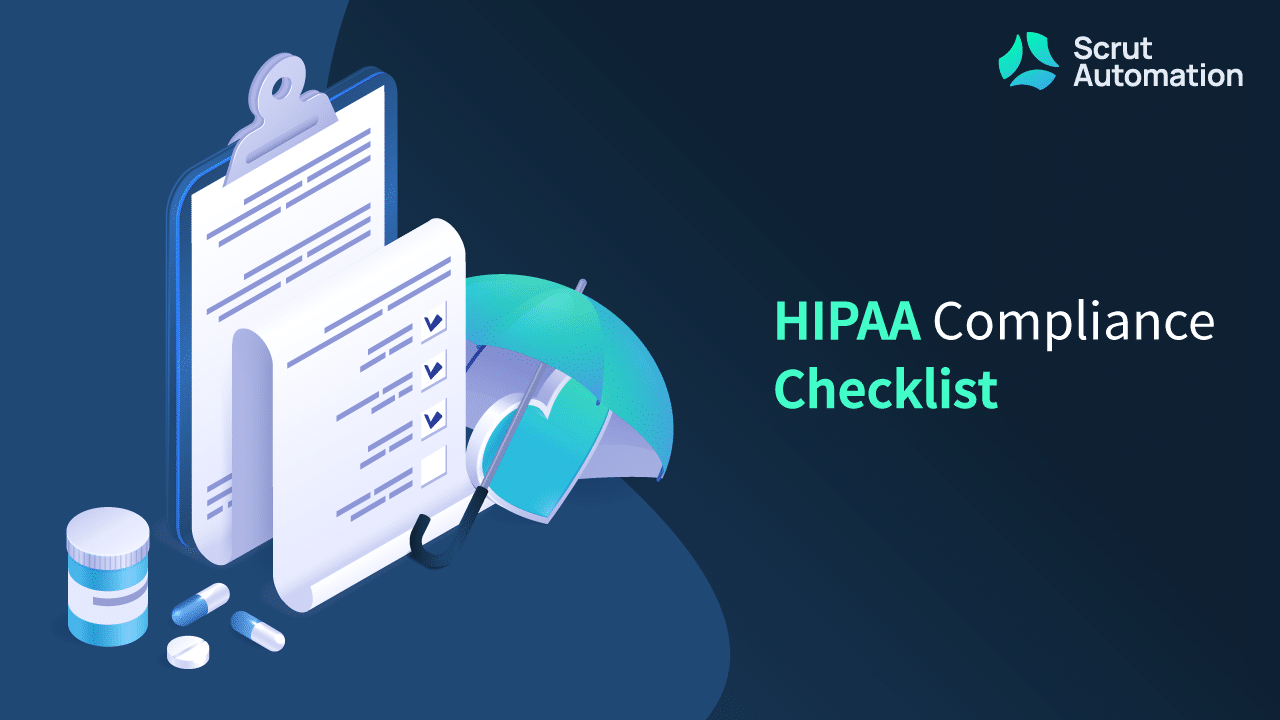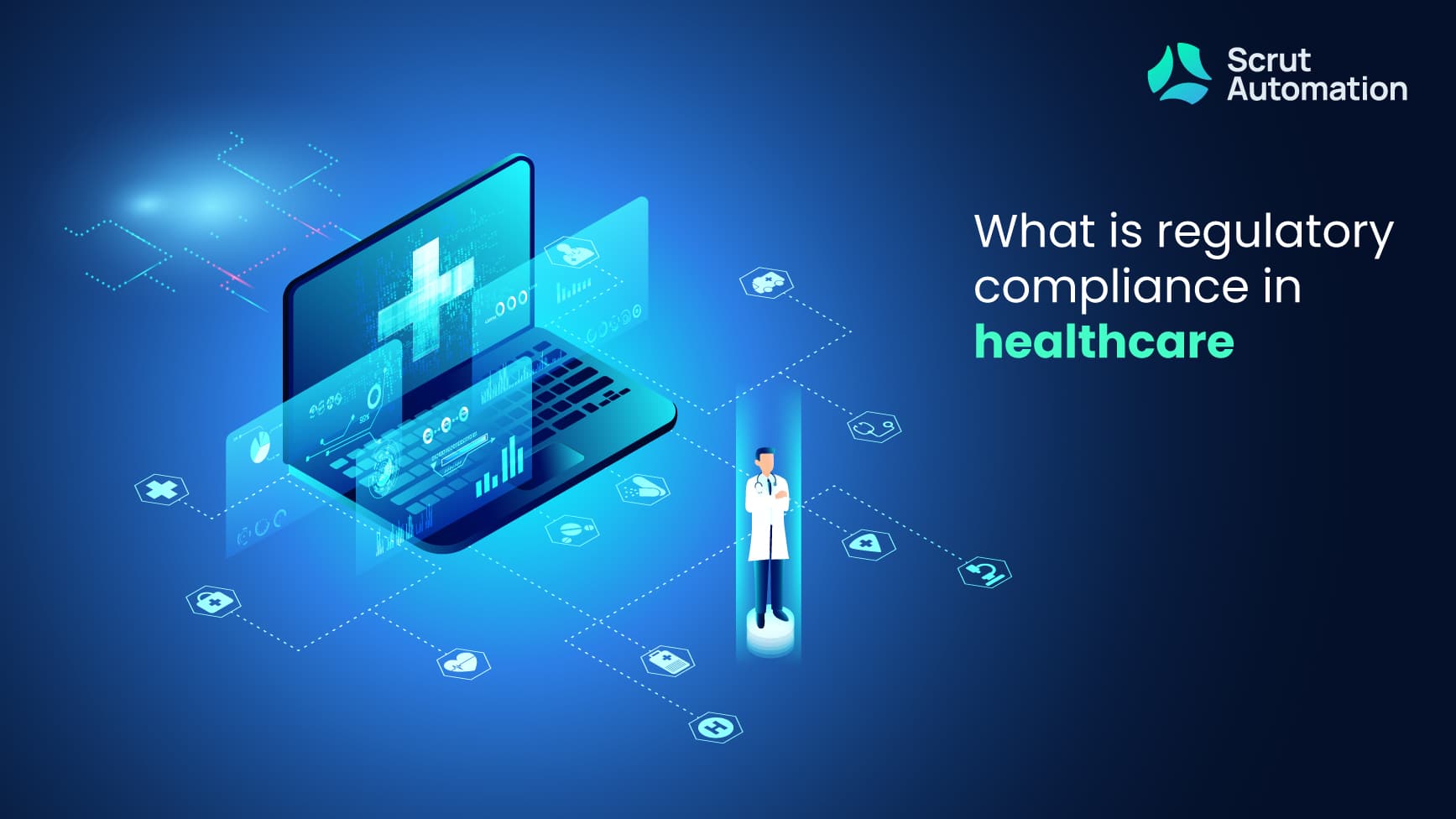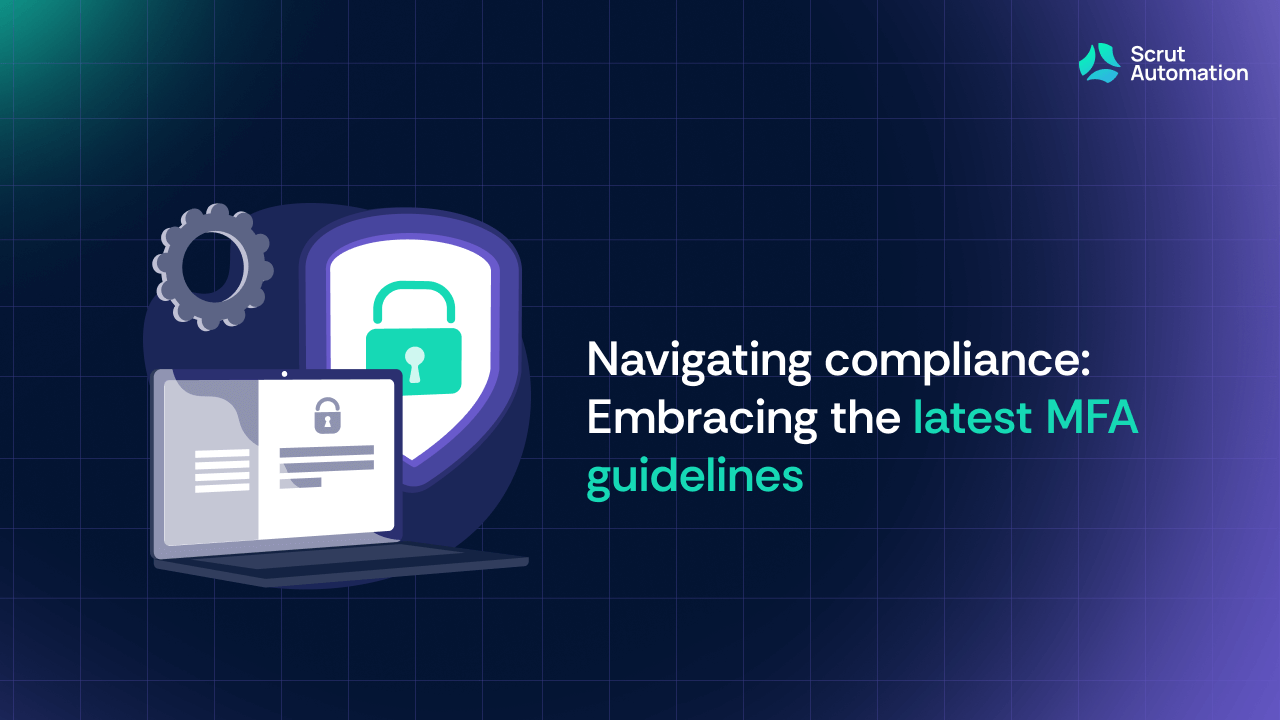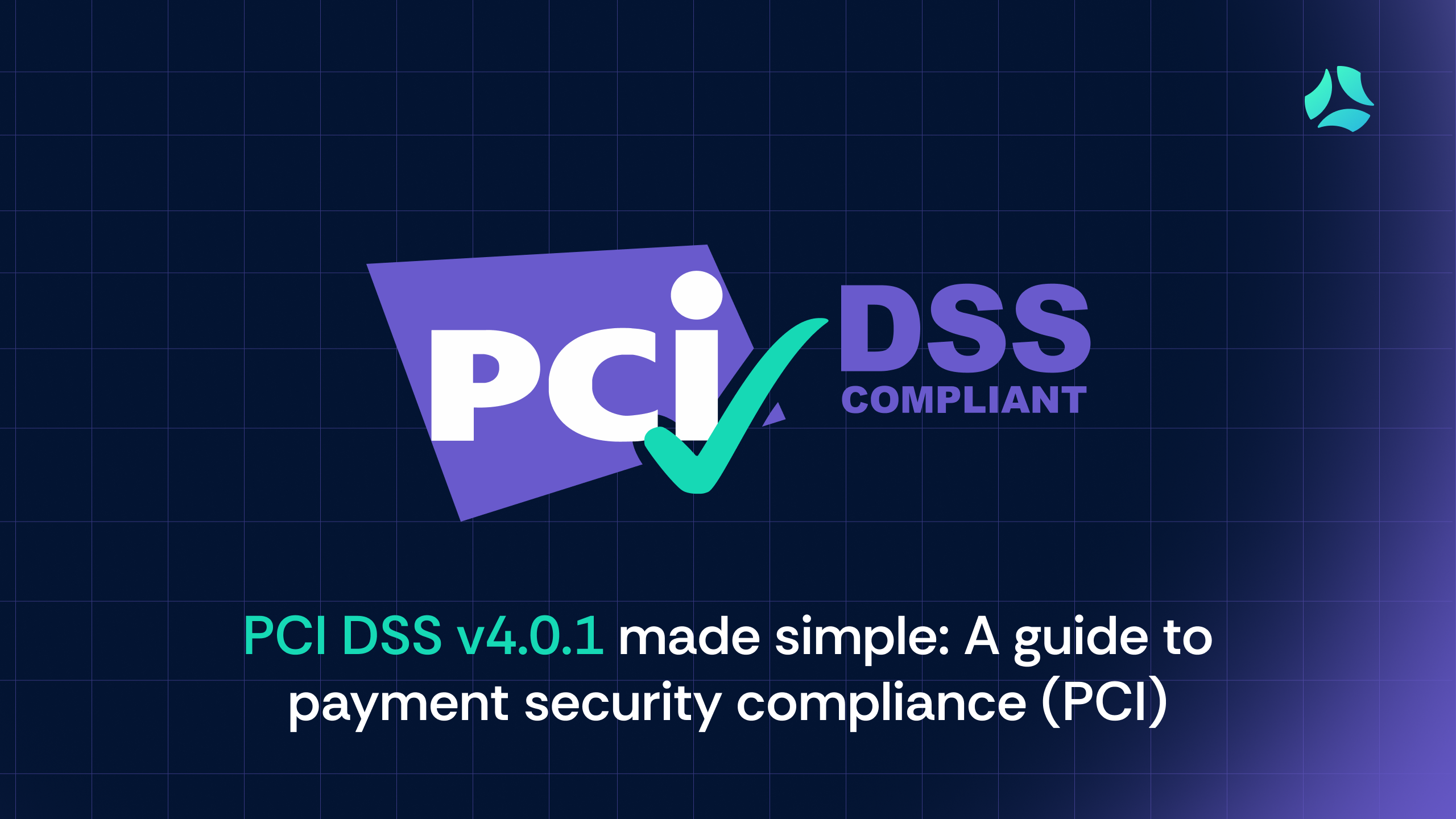Compliance management is a huge challenge for CISOs. This is due to changing regulations like SOC 2, ISO 27001, and GDPR. CISOs juggle policies, risk management, vendor compliance assessments, and security settings. And they do all this while managing complex audits!
CATs (Control Automated Tests) tools run compliance checks every 24 hours. They ensure your organization adheres to regulations. They cover everything from policies to cloud security. CATs reduce manual work, help teams stay audit ready, and ease the load on GRC teams.
Let’s explore five ways CATs make compliance easier and help CISOs avoid costly risks.
Why automated compliance testing is key for CISOs

Manual compliance checks are slow and prone to errors. This makes it harder to meet the growing demands of auditors, boards, and regulators.
As a result, CISOs need scalable solutions. A test automation framework automates tasks. It reduces risk and provides real-time compliance visibility.
CATs use these frameworks to perform key compliance checks. They identify gaps and enable proactive fixes before audits.
1. AUTOMATING POLICY COMPLIANCE
Always know if your policies are up-to-date
Policy management is a constant challenge for CISOs. It requires policies to be drafted, published, and followed while ensuring regulatory compliance.
Using automation for evidence management tasks can simplify the process. This includes tasks like gathering policy documents,
Test automation helps verify policy publication and acceptance every 24 hours. It flags gaps as “failing”. This spares GRC teams the hassle of manual checks.
Example:
Imagine your organization is preparing for a SOC 2 audit.
A critical security policy has been overlooked and is still in draft mode.
Discovering this oversight at the last minute would be a nightmare.
Test automation helps catch it early.
This ensures the policy is published and accepted well before the audit.
Implications for CISOs:
- Continuously monitors policy status, preventing non-compliance surprises.
- Saves hours of manual follow-ups on whether policies are published and accepted.
2. MONITORING EMPLOYEE TRAINING COMPLIANCE
Automate ISMS and security campaign checks
Getting employees to finish mandatory security training is a constant challenge. This may include an annual ISMS training or a new security awareness campaign. Often, chasing employees creates a bottleneck in compliance.
Automated tests help track training status. They use compliance and MDM (Master Data Management) tools. Every 24 hours, these tests flag incomplete training and generate follow-up tasks.
Example:
Consider the case of a CISO preparing for an ISO 27001 audit.
They run automated tests. They find that 5% of the workforce hasn’t completed their required security training.
The tests flag non-compliance early. This makes timely internal follow-up possible and ensures audit readiness.
Implications for CISOs:
- Reduces the risk of audit failure due to incomplete security training records.
- Automates remediation to ensure that employees meet training deadlines much before audits.
3. STREAMLINING VENDOR RISK MANAGEMENT
No more guessing vendor risk scores
Vendor management is crucial as third-party risks rise. But updating vendor risk scores can drain resources. Many CISOs still rely on quarterly reviews, leaving gaps in compliance assessments.
Automated tests run continuous risk assessments on vendors and flag outdated scores. If a score isn’t updated, the test generates a “failing” result. This triggers a deeper review—which is essential for frameworks like GDPR or SOC 2.
Example:
Consider a case where a cloud provider hasn’t been assigned a risk score for months.
Automated tests detect this gap and notify the GRC team. This helps ensure vendor risk is continuously monitored and maintained.
Without this automated test for compliance, a CISO may miss the issue until a critical audit.
Implications for CISOs:
- Continuous monitoring of third-party risks with automated, timely tests.
- Less reliance on manual vendor reviews and more proactive management.
4. STRENGTHENING ACCESS CONTROL AND IDENTITY REVIEWS
No more missed access reviews
Tracking user access rights is crucial for compliance. But it is tough to manage periodic reviews across different frameworks.
Automated tests for compliance simplify this. They track completed and pending reviews linked to relevant frameworks.
They mark completed reviews as passing. They flag incomplete ones as failing. Users can quickly prioritize and address pending reviews to stay compliant.
Example:
An access review linked to HIPAA is not completed in the present quarter.
As a result, the associated compliance test shows as failing.
The admin notices this and follows up with the respective POC to resolve the issue.
Implications for CISOs:
- Automates tracking of routine access reviews and prevents the risk of outdated permissions.
- Identifies gaps in outdated access reviews across applications and enhances security.
5. CONTINUOUS CLOUD SECURITY MONITORING
Real-time assurance for your cloud and applications
As more businesses move to the cloud, ensuring cloud security compliance is crucial. But cloud setups can be complex.
A strong cloud security strategy could be the solution. Cloud security tools offer visibility and automate compliance checks.
Automated tests run daily and flag issues like unencrypted databases or insecure endpoints. This ensures they align with frameworks like CMMC or GDPR.
Example:
Automated compliance tests detect an unencrypted S3 bucket in a dynamic AWS setup.
The team can quickly identify and address the issue, minimizing risk.
Without CAT, this misconfiguration might go unnoticed for weeks. This could lead to the exposure of sensitive data.
Implications for CISOs
- Real-time cloud compliance with automatic configuration checks.
- Immediate risk mitigation by flagging misconfigurations as they occur.
Automating compliance for continuous risk management
CAT offers CISOs a practical way to automate routine compliance checks. It covers policies, training, vendors, access controls, and cloud environments. This ensures compliance doesn’t falter between manual reviews.

Conclusion
Automated compliance tests are a great tool for CISOs.They simplify the compliance assessment and management process. They improve audit readiness and help avoid costly compliance mistakes.
Tools like Scrut help organizations monitor compliance, address gaps, and stay ahead of regulations. For CISOs, these automated solutions act as a safety net, as they ensure audit readiness without last-minute stress or missed gaps.
Get in touch to learn more about how Scrut can help lighten your load.
FAQs
Scrut’s CAT module allows you to run automated tests to evaluate all aspects of your organization’s compliance readiness. These tests can be linked to specific platform modules or connected to evidence uploads from external applications. With a daily overview of passing and failing tests, users can proactively address risk and compliance issues early on.
A failing test does not necessarily indicate a risk, but it does signal an emerging issue, which could be either minor or major. Think of automated tests as daily checks on your overall compliance posture, helping identify any gaps that need to be addressed to strengthen your security posture.
CATS does not magically handle everything, but it puts compliance on autopilot.
Certain areas of compliance still require manual effort. For example, uploading pictures of fire prevention systems at the workplace, syncing policies, or onboarding vendors. Each of these activities can be linked to a test that checks the status and reports accordingly, ensuring they are completed.

Grace Arundhati
Grace is a passionate content writer with a knack for creating engaging and informative pieces on information security, compliance, risk management, and a range of other topics. Experienced in turning complex ideas into accessible content, I deliver high-quality writing that drives engagement and enhances brand visibility.

